DATA SOURCE(S): 1,2,14
Common Name(s): Greenheart
Scientific Name: Chlorocardium rodiei
Distribution: Northeastern South America (primarily Guyana and Suriname)
Tree Size: 75-100 ft (23-30 m) tall,
1.5-2 ft (.5-.6 m) trunk diameter
Average Dried Weight: 63 lbs/ft3 (1,010 kg/m3)
Specific Gravity (Basic, 12% MC): 0.81, 1.01
Janka Hardness: 2,530 lbf (11,260 N)
Modulus of Rupture: 26,900 lbf/in2 (185.5 MPa)
Elastic Modulus: 3,573,000 lbf/in2 (24.64 GPa)
Crushing Strength: 13,290 lbf/in2 (91.7 MPa)
Shrinkage: Radial: 8.2%, Tangential: 8.9%,
Volumetric: 16.5%, T/R Ratio: 1.1
Color/Appearance: Heartwood can be highly variable in color, and is sometimes sold sorted into color categories of black, brown, yellow, and white—though there doesn’t seem to be any difference in strength or physical properties between the different colors. Generally the heartwood tends to be a pale brown to olive green color, sometimes with darker streaks. Yellowish sapwood is not clearly demarcated from the heartwood.
Grain/Texture: Grain tends to be straight to interlocked, with a fine to medium grain and good natural luster.
Rot Resistance: Greenheart is rated as very durable, with excellent insect/borer resistance. It’s also considered to be one of the best-suited woods for use in marine environments, and has good weathering and wear characteristics.
Workability: Generally somewhat difficult to work on account of its density, with a moderate to high blunting effect on cutters. Sections with interlocked grain should be machined with care to avoid grain tearout. Gluing can be difficult in some pieces, and precautions for gluing tropical species should be followed. Turns and finishes well. Responds moderately well to steam-bending.
Odor: Freshly cut green wood can have an aromatic scent, though the dried wood has little to no characteristic odor.
Allergies/Toxicity: Although severe reactions are quite uncommon, Greenheart has been reported as a sensitizer. Greenheart has also been observed to cause a number of other health effects, such as wheezing, cardiac and intestinal disorders, severe throat irritation, and the tendency for wood splinters to become infected. See the articles Wood Allergies and Toxicity and Wood Dust Safety for more information.
Pricing/Availability: Greenheart is usually sold as decking or outdoor construction lumber, though it’s only infrequently seen in North America. Prices should be in the mid range for an imported tropical hardwood.
Sustainability: This wood species is not listed in the CITES Appendices, and is reported by the IUCN as being data deficient. It was formerly listed on the Red List as vulnerable, but this listing has been disputed by the Guyana Forestry Commission.[1]Authority, T. R. L. (2007). Ruling of the IUCN Red List Standards and Petitions Working Group on Petition Against the 1998 Listing of Greenheart.
Common Uses: Boatbuilding, docks, decking, posts, fishing rods, pool cues, and other turned wood items.
Comments: True to form, the Latin name given for the genus is Chlorocardium, being a combination of chloro (green) and cardia (heart). The wood is sometimes called Demerara greenheart (Demerara is a historical name for a Dutch colony that more or less corresponds to modern-day Guyana) to help distinguish it from other woods sometimes called greenheart. Although not common, ipe (Handroanthus serratifolius) is sometimes referred to as Suriname greenheart, while okan (Cylicodiscus gabunensis) is sometimes called African greenheart—though neither species bears close relation to true greenheart.
Greenheart is one of the stiffest woods in the world, with an average modulus of elasticity of 3,573,000 lbf/in2. The wood has also earned a strong reputation for its durability and pest-resistance in marine environments. Greenheart was even used as cladding on Ernest Shackleton’s expedition ship Endurance, with the wreckage being discovered in nearly pristine condition in 2022 after sinking in 1915.[2]Michell, J. (2022). Endurance discovered. National Maritime Museum.
Images: Drag the slider up/down to toggle between raw and finished wood.
Identification: See the article on Hardwood Anatomy for definitions of endgrain features.
Porosity: diffuse porous
Arrangement: solitary and radial multiples
Vessels: large, few; tyloses and dark brown deposits occasionally present
Parenchyma: vasicentric
Rays: narrow width; normal spacing
Lookalikes/Substitutes: With so much color variation, there are a number of very heavy South American tropical hardwoods that can be confused with greenheart. Striped woods include goncalo alves and curupay, olive-hued woods include jucaro and angelim vermelho, as well as other woods used for flooring/decking, such as ipe and cumaru.
Notes: Heartwood can fluoresce a faint to medium green under blacklight, though not always present.
The Chlorocardium genus contains only three recognized species. C. rodiei is the primary commercial species, listed here as greenheart, along with C. venenosum, a much more obscure species. A third species, C. esmeraldense, is a recently-described tree from Ecuador.[3]van der Werff, H., & Clark, J. L. (2019). A New Species of Chlorocardium (Lauraceae) from Ecuador. Novon: A Journal for Botanical Nomenclature, 27(2), 81-86.
Chlorocardium species were formerly placed within the Ocotea genus until the new genus was described in 1991 based on its unique flower structure.[4]Rohwer, J. G., Richter, H. G., & van der Werff, H. (1991). Two new genera of neotropical Lauraceae and critical remarks on the generic delimitation. Annals of the Missouri Botanical Garden, … Continue reading
Related Content:
References[+]
| ↑1 | Authority, T. R. L. (2007). Ruling of the IUCN Red List Standards and Petitions Working Group on Petition Against the 1998 Listing of Greenheart. |
|---|---|
| ↑2 | Michell, J. (2022). Endurance discovered. National Maritime Museum. |
| ↑3 | van der Werff, H., & Clark, J. L. (2019). A New Species of Chlorocardium (Lauraceae) from Ecuador. Novon: A Journal for Botanical Nomenclature, 27(2), 81-86. |
| ↑4 | Rohwer, J. G., Richter, H. G., & van der Werff, H. (1991). Two new genera of neotropical Lauraceae and critical remarks on the generic delimitation. Annals of the Missouri Botanical Garden, 388-400. |

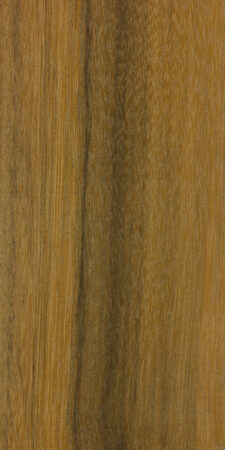
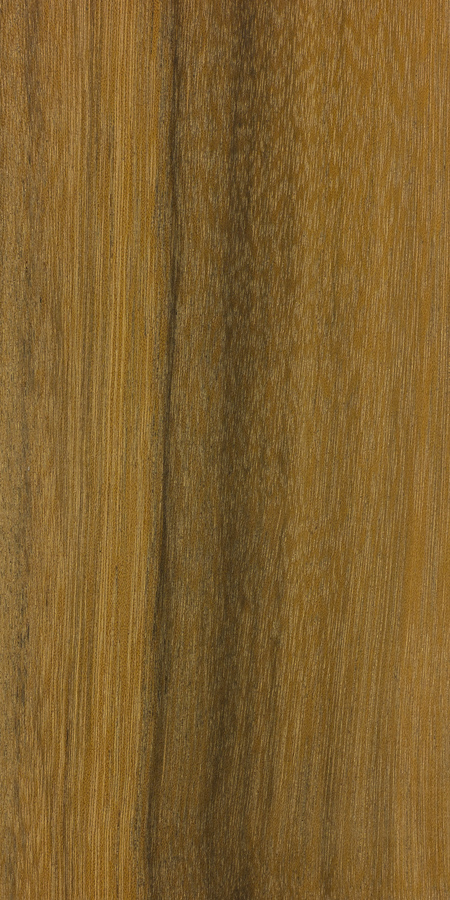
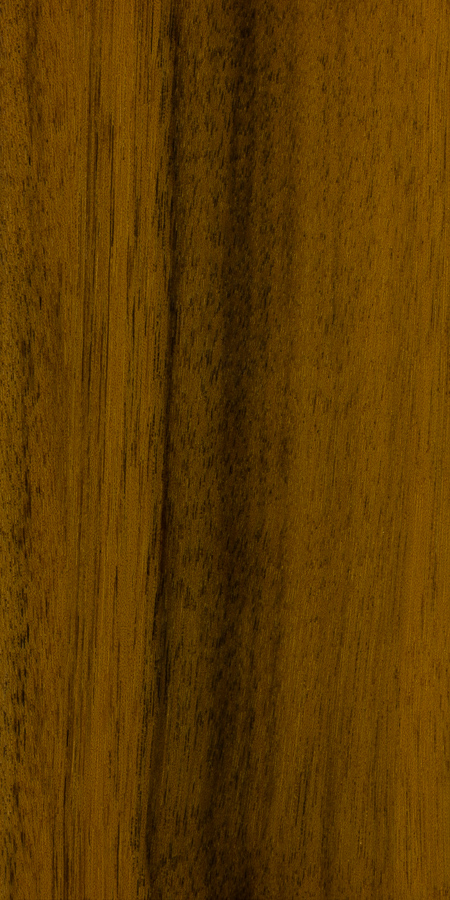
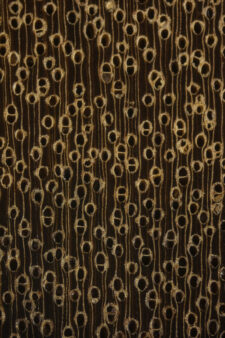

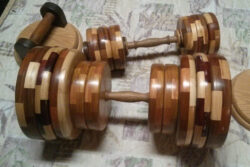
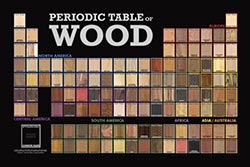
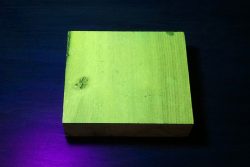


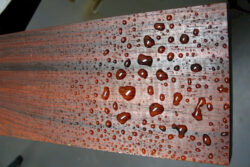



I looked this up because it’s what they use for the decking on the Brooklyn Bridge.
I was introduced to Greenheart in 1979 when doing work in Jubail Saudi Arabia on the new Industrial city. It was specified for use as seat slats on the proposed bus stops exposed to the harsh climate. There were many stops to be built and each stop had 4 x 1Metre long benches .Three whole logs were used and at the Salmon and Gluckstein works I saw them being reduced and machined to 38 x 38mm and pre- drilled for upside down screw- fixing on to prepared galvanised steel seat bearers. I expect they are still serving their purpose although… Read more »
I bought a plank of greenheart back in 1995 and ripped several staves from which I crafted bows, backed with sinew & snakeskins. Best shooting bows I have made, with zero string-follow. Still have one stave left that’s been kept in a PVC tube ever since ’95.
I’ve used it for hand plane soles on Krenov style hand planes I built using Jamaica Dogwood(Fish Fuddle) as the body. Never a problem with cross grain movement on the 3×1/4 in pieces. God knows how they dry the stuff. It was used as dock pilings here in Key West with the decks and cross timber of Purple Heart.
This stuff is great for canoes
I hope you didn’t do this Will- greenheart is quite toxic for a wood. Please look at the toxicity guidelines above. Like with many toxins, some people are more sensitive than others; I’ve seen people hospitalized because of a greenheart splinter while others can work with it every day for years and never suffer ill effects.
That’s what Wenge does to me, I got a splinter and it felt like I had been shot, incredible pain and temporary loss of vision.
Love this wood. Thought it resembled Lignum Vitae. Similar look and feel. Both are very dense and make excellent fishing lures.
Greenheart was used for big game fishing rods before there was fiberglass.
Due to it’s very high modulus of elasticity I am considering using a piece of Greenheart as the top and bottom parts on a cider press. My only concern is about the sawn wood expectantly violently splitting whilst it is being machined.
I’m wondering how common this might be on a piece of 8×8 inch timber?
I know you posted this a long time ago but I wouldn’t use Greenheart anywhere near food or drink production. All the best.
If it’s not too late I’d make different plans on what to use on a cider press, many people have experienced toxicity from green heart.
I have been using moderate amounts of greenheart since 1982 and have suffered no apparent ill effects.(I use about 1 2X10X7′ plank per year to make yo-yos). At that rate, I have enough supply until I’m around 200 years old. The only side effect I’ve noticed is the hair on top of my head has thinned considerably from when I started using it 40 years ago.I enjoy using it so much I am willing to risk eventual baldness rather than cease using it. I also think the “splinters are poisonous” is mostly a myth; the splinters are so stiff, they… Read more »
Great Answer! We are greenheart importers and sawillers based in Scotland and have never experienced toxicity. There is urban myth about toxicity but it is not something we have ever experienced in many many years of working with it. Yoyo’s being made with it sounds fabulous! I will look up your article. With regards, Nicola
Hi Nicola, thanks for your reply regarding greenheart myths. Of course, I do wonder if your workers who handle greenheart much more than I do are all bald as a cueball. You can also check out my website: “woodyoyos.com” which has a link to my page about salvaging my greenheart planks. Regards, Ed Collins